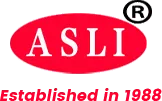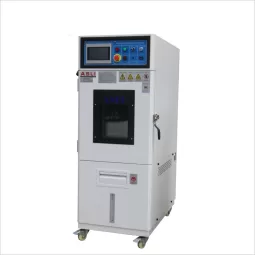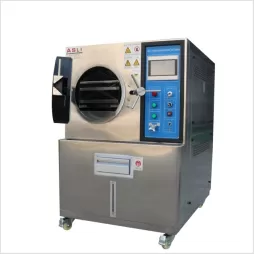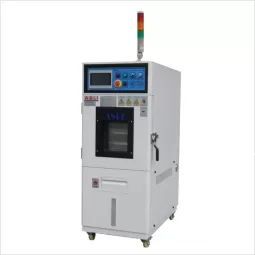Why ESS Chambers Matter: Stress Screening for Long-Term Reliability
Environmental stress screening (ESS chambers) is critical for detecting early-life failures in electronics, aerospace, and automotive systems. This article outlines how rapid temperature cycling, vibration, and humidity stress help ensure long-term performance, reduce field failure rates, and comply with standards like MIL-STD-883H and IPC-TM-650.
What Is Environmental Stress Screening (ESS)?
ESS is a process used to expose products to accelerated stress conditions—such as thermal cycling and vibration—before they are shipped. The goal is to identify latent defects that would otherwise cause early failure in the field.
Unlike basic burn-in tests, ESS replicates the actual stress a product may encounter during real-world usage, such as thermal fatigue, mechanical resonance, or moisture intrusion.
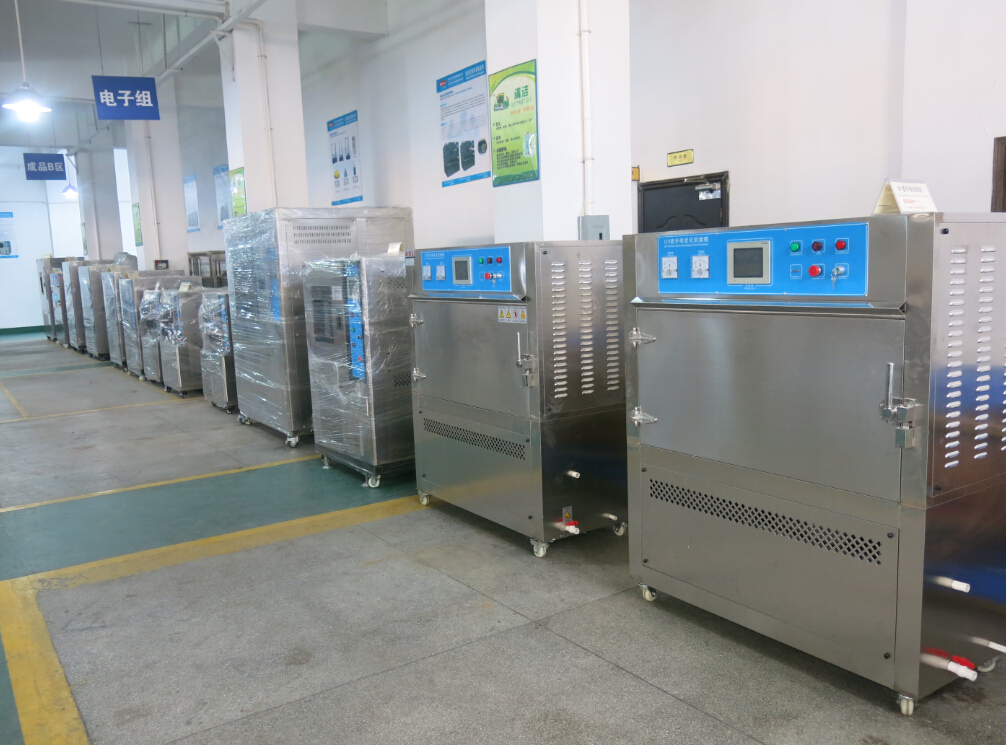
Industries That Rely on ESS Testing
Aerospace & Defense: For avionics and control systems requiring ultra-high reliability
Automotive: For ECUs, sensors, and safety systems exposed to daily thermal and mechanical stress
Electronics Manufacturing: For circuit boards, power supplies, and semiconductors, where failure rates must be minimized
ESS helps reduce infant mortality rates in electronics, especially when deployed as part of a production quality control strategy.
Key Features of an ESS Chamber
To perform accurate and consistent stress screening, a reliable ESS chamber typically offers:
Fast temperature cycling (e.g., 10–20°C/min ramp rates)
Wide temperature ranges (e.g., -70°C to +150°C)
Integrated vibration platforms for combined stress modes
Uniform airflow design to ensure even exposure
Programmable test profiles aligned with JEDEC or MIL standards
Advanced models may support combined environment testing, like thermal cycling + vibration, which is critical for complex assemblies.
Common ESS Test Standards
Environmental stress screening is often performed in accordance with these standards:
MIL-STD-883H: For microelectronic devices in military and aerospace
IPC-TM-650 Method 2.6.7: For thermal shock and mechanical stress in PCB assemblies
JEDEC JESD22-A104: For accelerated thermal cycling
IEC 60068-2-14: For temperature change and thermal shock
Adherence ensures data credibility and reduces the risk of over- or under-testing.
ESS vs. Burn-In: What’s the Difference?
| Aspect | ESS | Burn-In |
|---|---|---|
| Goal | Screen for latent early defects | Detect time-dependent failures |
| Duration | Short (hours to days) | Long (days to weeks) |
| Conditions | Rapid cycling, vibration | Constant elevated temperature |
| Use Case | Production QA | Design or component validation |
If your product will operate in harsh or high-reliability environments, skipping ESS testing is a risk you shouldn’t take. Investing in a well-calibrated ESS chamber not only reduces returns and warranty claims but also builds trust with your customers. Whether you're producing avionics or automotive modules, environmental stress screening remains a non-negotiable step for long-term success.
